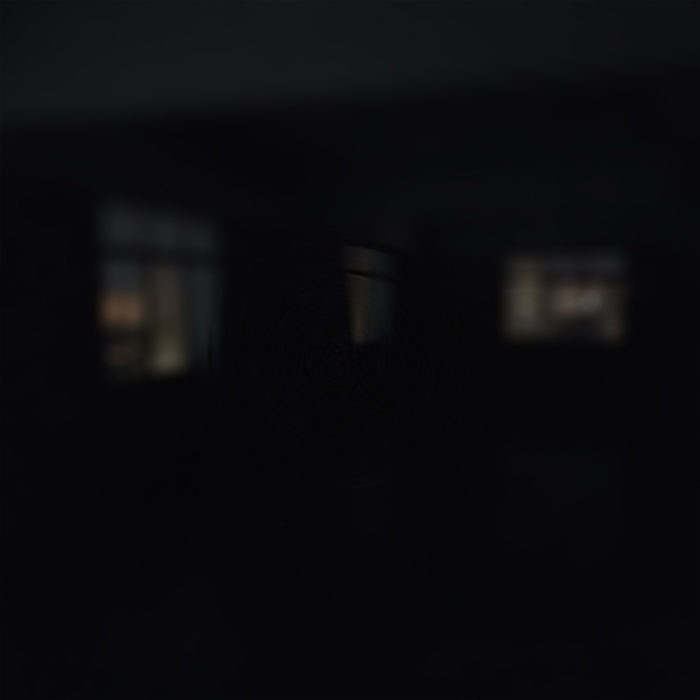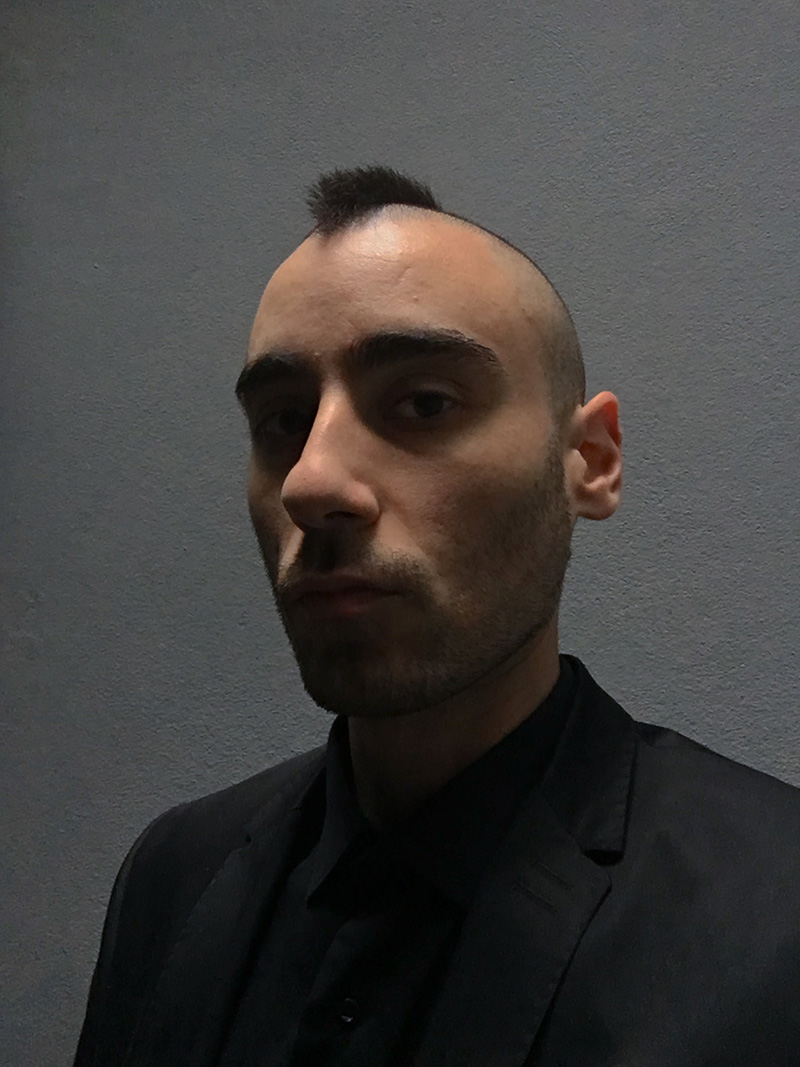In 2017, Argentine artist Joaquín Gutiérrez Hadid created a site-specific sound installation called “cuarto oscuro”, exhibited on the 6th floor of a public building beside a train station in Buenos Aires. Installed in a large space for night time viewing and composed of an amplifier, a mp3 player and four speakers arranged in the dark, the only light for this room with a view to the terminal was from the outside through the windows.
The source material used for the installation was obtained with contact microphones placed on a train traffic barrier and its respective bell. The work aimed to propose a sensitive approach to the sounds of bells as an acoustic sign: a wait for the unexpected while standing for listening, a stillness presence between the acousmatic and the fuse of city lights—the cold and the dark.
‘Sustain’ is the result of complementary explorations around the source recordings of ‘cuarto oscuro’ and the installation sound itself. Along with this materials, Gutiérrez Hadid recorded another bell at the studio and a steel beam from his house, located near the railroad of that train line. This material was additionally processed with computer and tape manipulation.
“The pieces extend my interest in the flux of sounds originated on bells and steel, to land in a space of underlying figures and affections: a dark room for intimacy and spatial engagement. It´s highly recommended to listen in the dark.” — JGH


